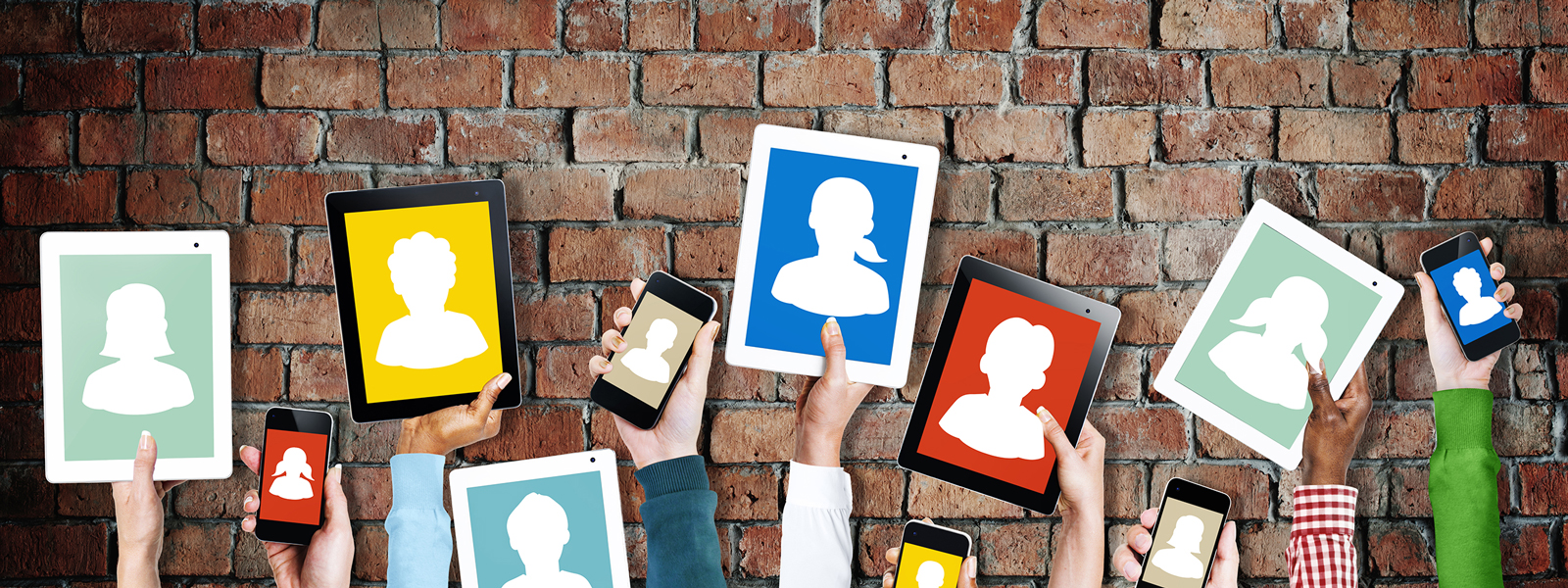
Social Engagement
The Smart House for Older Persons and Persons With Physical Disabilities: Structure, Technology Arrangements, and PerspectivesAuthors: Zeungnam Bien, Won-Chul Bang and Dimitar Stefanov Published by: IEEE Transactions on Neural Systems and Rehabilitation Engineering Published On: 2004 Smart houses are considered a good alternative for the
independent life of older persons and persons with disabilities. Numerous
intelligent devices, embedded into the home environment, can provide the
resident with both movement assistance and 24-h health monitoring. Modern
home-installed systems tend to be not only physically versatile in
functionality but also emotionally human-friendly, i.e., they may be able to
perform their functions without disturbing the user and without causing him/her
any pain, inconvenience, or movement restriction, instead possibly providing
him/her with comfort and pleasure. Through an extensive survey, this paper
analyzes the building blocks of smart houses, with particular attention paid to
the health monitoring subsystem as an important component, by addressing the
basic requirements of various sensors implemented from both research and
clinical perspectives. The paper will then discuss some important issues of the
future development of an intelligent residential space with a human-friendly
health monitoring functional system. Category: Domestic Assistance International Perspectives Social Engagement Added by Tony Shaw · 10 years ago |
Disability Care and Support: Medical and assistive technologies to enable Australians to remain in their homesPublished By: Medical Technology Association of Australia Limited Published In: 2011 This submission was in response to the release in February 2011 of the Productivity Commission draft report Disability Care and Support.
Category: Connected Health Local Perspectives Medication Management NDIS Rural & Remote Service Delivery Smart Homes & Environmental Controls Social Engagement Added by Ash-Lee Hall · 10 years ago |
Smart home technologies for health and social care support (review)Authors: S. Martin, G. Kelly, WG. Kernohan, B. McCreight and C. Nugent Published by: The Cochrane Library Year of Publication: 2008 People who are ill (physically or mentally), or who are frail, may find it difficult to meet their everyday personal and social needs at home. Healthcare providers are trying to find ways to support more people at home, but finding home care workers and the money to fund this help is challenging. Advances in technology have created new devices to help support people. New devices are already starting to be used, such as mobile phones tailored to health care, or electronic sensors that sound alarms in emergency situations. Another new technology is sensors. Sensors can be placed in everyday appliances in the home, like the fridge, cooker or the door, and can send information to healthcare providers. Providers can find out how people are doing in their homes and then make decisions about their care, such as how often to visit the home. Homes with these technologies are called ’smart homes’.
As with many new technologies, smart home technologies are often used without first testing if they are effective. This review aimed to determine what effect any type of smart home technologies have on people. The review produced a significant volume of literature on the use of smart technologies within health care, but there were no studies testing their effectiveness. The effects of smart technologies to support people in their homes are not known. Better quality research is needed. Category: Communication Connected Health International Perspectives Smart Homes & Environmental Controls Social Engagement Added by Ash-Lee Hall · 10 years ago |
Virtual humans for connected health
Authors: Gunner Gamborg Published By: WFOT Bulletin Published On: May 2015 There is a growing need for applications that can dynamically interact with aging populations to gather information, monitor their health care, provide information, or even act as companions. Virtual human agents or virtual characters offer a technology that can enable human users to overcome the confusing interfaces found in current human-computer interactions. These artificially intelligent virtual characters have speech recognition, natural language and vision that will allow human users to interact with their computers in a more natural way. Additionally, sensors may be used to monitor the environment for specific behaviors that can be fused into a virtual human system. As a result, the virtual human may respond to a patient or elderly person in a manner that will have a powerful affect on their living situation. This paper will describe the virtual human technology developed and some current applications that apply the technology to virtual patients for mental health diagnosis and clinician training. Additionally the paper will discuss possible ways in which the virtual humans may be utilized for assisted health care and for the integration of multi-modal input to enhance the virtual human system. Category: Communication Connected Health International Perspectives Medication Management Smart Homes & Environmental Controls Social Engagement Added by Ash-Lee Hall · 10 years ago |